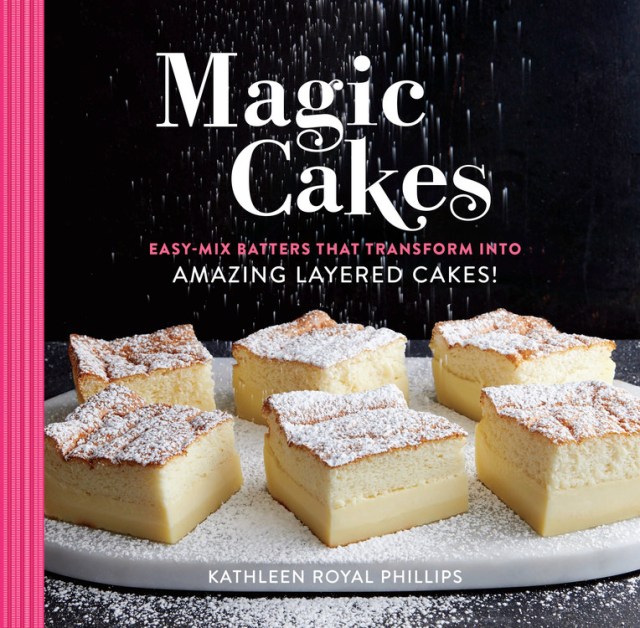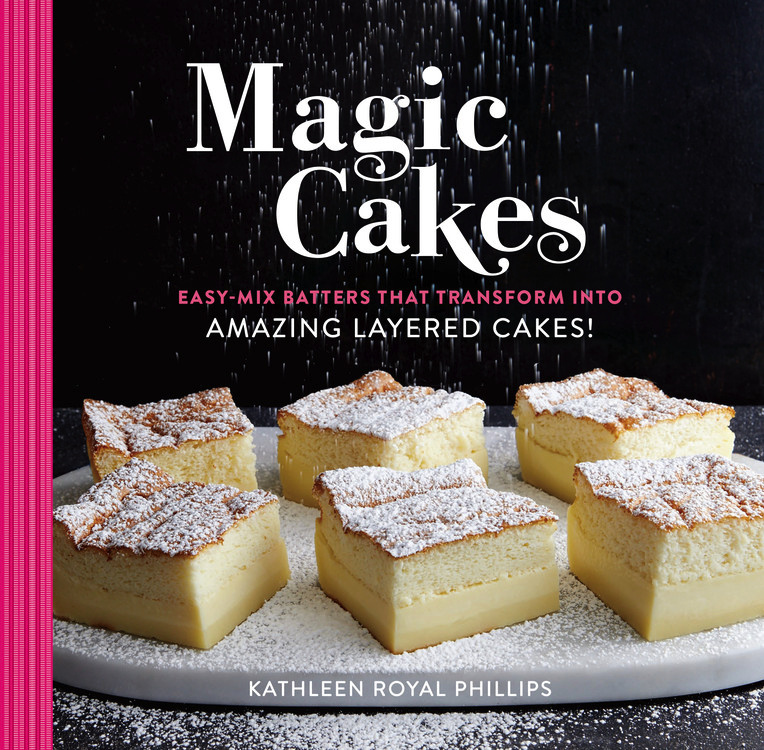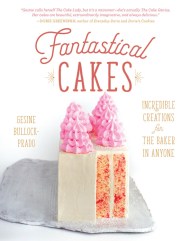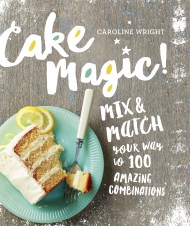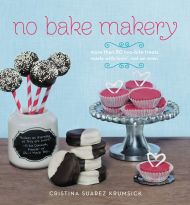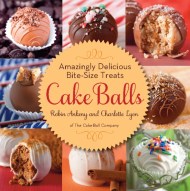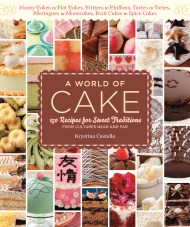Promotion
Sign up for our newsletters to receive 20% off! Shop now. Exclusions apply.
By clicking “Accept,” you agree to the use of cookies and similar technologies on your device as set forth in our Cookie Policy and our Privacy Policy. Please note that certain cookies are essential for this website to function properly and do not require user consent to be deployed.
Magic Cakes
Easy-Mix Batters That Transform into Amazing Layered Cakes!
Contributors
Formats and Prices
Price
$18.00Price
$23.50 CADFormat
Format:
- Hardcover $18.00 $23.50 CAD
- ebook $11.99 $14.99 CAD
This item is a preorder. Your payment method will be charged immediately, and the product is expected to ship on or around October 10, 2017. This date is subject to change due to shipping delays beyond our control.
Also available from:
If you dream of a layered cake, but want to avoid the endless, complicated steps it takes to make one, then you’re going to fall in love with magic cakes. With only a single batter that magically transforms into three layers of custardy, fudgey, spongey cake, you can have an easy dessert that looks like it took hours to put together (and tastes like it, too!)
This book contains 40 recipes for cakes, frostings, icings, and other delightful extras that are simple to make and difficult not to devour. Magic cakes can be your classic chocolate or vanilla, a tiramisu cake reimagined, or even an unconventional cardamom-scented sweet potato cake if you’re feeling adventurous. Top each treat with a frosting or a simple dusting of powdered sugar, and you’ve got yourself a magical dessert to savor and enjoy!
Genre:
-
"The adorably petite cookbook mimics Phillips endearing personality."-MyRecipes.com
-
"Magic Cakes recipes are absolutely delicious and unbelievably easy-to-make. If you like to bake cakes at home, you will simply love these recipes."-The Washington Book Review
- On Sale
- Oct 10, 2017
- Page Count
- 128 pages
- Publisher
- Running Press
- ISBN-13
- 9780762463053
Newsletter Signup
By clicking ‘Sign Up,’ I acknowledge that I have read and agree to Hachette Book Group’s Privacy Policy and Terms of Use
